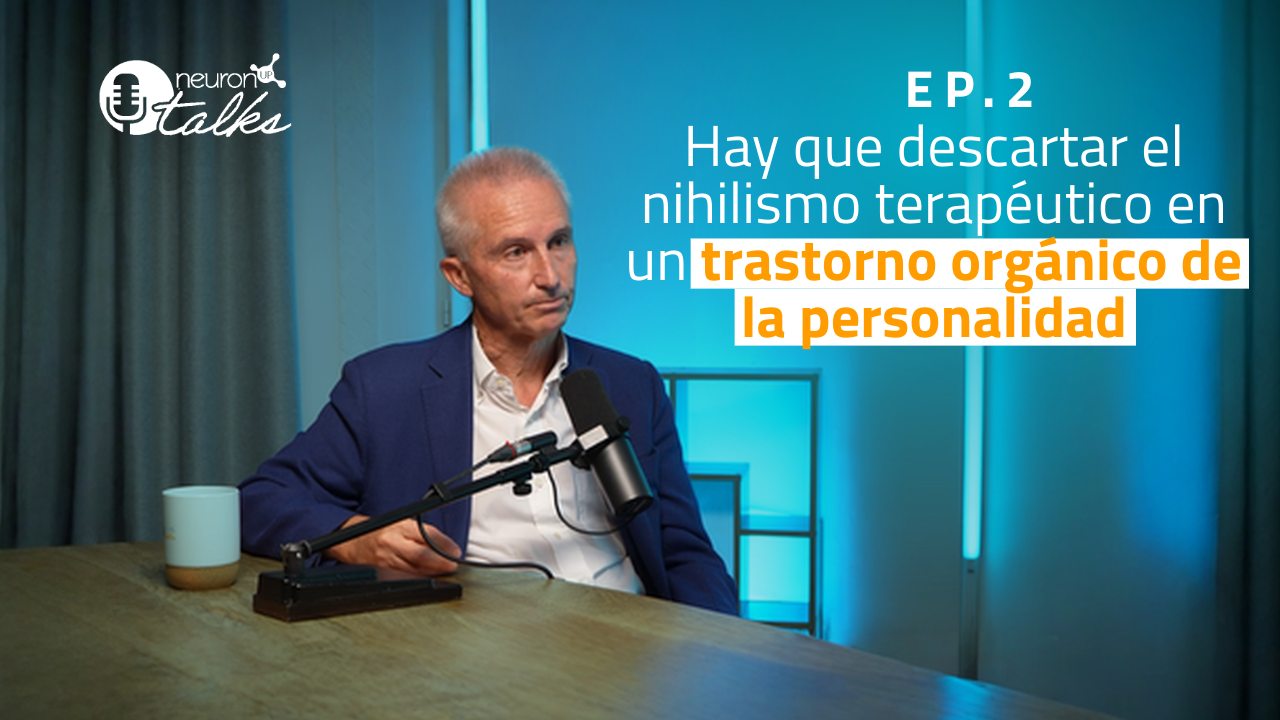A neurodidactic approach to inclusive music teaching that presents innovations in music education. In this article, musician and teacher Ruben Montaldo D’Albora explores how music and neurodidactics can promote the development of cognitive skills in students with disabilities, integrating tools such as NeuronUP to enhance learning and cognitive rehabilitation.
As a professional musician and teacher with more than 40 years of experience, of which the last 30 have been dedicated to specialized music teaching, I have developed the Programa de Accesibilidad Musical Uruguay, sponsored by UNESCO and UNICEF since 2013. This program has created the Orquesta Inclusiva Estable, comprised of students with ASD, Down syndrome and cerebral palsy, alongside professional musicians.
This article, based on my extensive experience, explores how the neurodidactics of musical learning can contribute to the stimulation and development of cognitive skills and executive functions in these students.
The integration of the NeuronUP platform is also proposed as a valuable tool in this educational approach.
Foundations of musical neurodidactics
Musical neurodidactics combines principles of neuroscience and pedagogy to design teaching strategies that enhance the cognitive and emotional development of students. This approach is based on the premise that music not only enriches students’ artistic lives, but also has a significant impact on their intellectual and social development.
Concept and relevance
Neurodidactics is based on understanding the neurological processes underlying learning. In the musical context, this involves designing activities that stimulate specific areas of the brain responsible for auditory perception, attention, memory and executive functions. Musical practice can significantly improve these skills, providing a solid foundation for academic learning and personal development.
Application in inclusive teaching
Inclusive music teaching adapts to the individual needs of each student, especially those with disabilities such as ASD, Down syndrome and cerebral palsy. Activities like spontaneous improvisation and the listening game not only foster creativity and self-expression, but also improve psychomotor coordination and sensory integration, fundamental aspects for general cognitive development.
Neuropsychological impact of musical learning
Musical learning has profound effects on various cognitive functions, especially in students with severe disabilities and psychiatric conditions. Music, being a multisensory stimulus, activates multiple areas of the brain, promoting a complex integration of cognitive and emotional functions.
Auditory perception and attention
Auditory perception is fundamental in music since students must identify and differentiate sounds, pitches and rhythms. This improves the capacity for sustained and selective attention, allowing students to concentrate better on tasks and improve their academic performance. Constant musical practice strengthens these skills, providing a solid foundation for learning.
Memory and executive functions
Working memory is essential in musical performance since students must remember sequences of notes and chords. This not only strengthens musical memory, but also general memory, benefiting other areas of learning. Music also improves executive functions such as planning, organization and cognitive flexibility, critical skills for problem solving and adapting to new situations.

Subscribe
to our
Newsletter
Examples of musical activities for cognitive development
Below are some musical activities that can stimulate and develop specific cognitive skills based on the books created within the framework of the Programa de Accesibilidad Musical Uruguay (“Planificación por Competencias – Aprendiendo a Aprender con la Música” and “Pedagogía Musical Inclusiva”).
Spontaneous improvisation
Description: Spontaneous improvisation involves creating melodies in real time in an intuitive way. Students are encouraged to freely explore sounds and the possibilities of each instrument without following strict scores.
Benefits: Promotes self-expression, improves auditory perception and working memory, and facilitates psychomotor coordination.
Listening game
Description: The teacher plays a series of notes or chords and asks the students to identify and reproduce them.
Benefits: Improves auditory perception, attention and memory. This exercise helps develop the ability to process auditory information quickly.
Segmented rehearsal
Description: Students practice a musical piece by dividing it into small segments, focusing intensely on each section before moving on to the next.
Benefits: Improves attention, planning and organization, helping students focus on details and maintain attention for extended periods.
Integration of NeuronUP in musical neurodidactics
The NeuronUP platform offers a wide range of activities designed for cognitive rehabilitation, making it an ideal tool to complement the neurodidactics of musical learning. Integrating NeuronUP into the educational process can enhance the cognitive and emotional benefits of music, offering a multidisciplinary and personalized approach and allowing the evaluation of students’ musical cognitive development.
Benefits of NeuronUP
- Cognitive rehabilitation: NeuronUP provides specific exercises to improve cognitive functions such as memory, attention and planning. These exercises can be integrated with specific musical activities systematized by the Programa de Accesibilidad Musical to reinforce students’ cognitive development.
- Personalized evaluation and monitoring: The platform allows teachers and neuropsychologists to assess and monitor each student’s progress, adapting activities and developing them according to individual needs. This ensures a personalized and effective approach for each student.
- Accessibility and flexibility: NeuronUP offers resources accessible from anywhere, allowing students to continue their rehabilitation and musical practice at home. This flexibility is especially valuable for students with severe disabilities who may need an adapted learning environment.
- Interactivity and motivation: NeuronUP’s interactive activities are engaging and motivating, encouraging active participation and student commitment. By combining these activities with musical practice, a dynamic and stimulating learning environment is created.
Conclusion
The neurodidactics of musical learning represents an innovative approach that combines artistic-pedagogical and neuropsychological principles to improve students’ cognitive and emotional development, especially those with severe disabilities and psychiatric conditions. Integrating the NeuronUP platform into this process offers additional tools that enhance the benefits of music, providing a multidisciplinary, personalized and accessible approach.
In conclusion, the combination of musical neurodidactics and NeuronUP not only enriches musical learning, but also contributes significantly to cognitive rehabilitation and the comprehensive development of students. This synergy represents a valuable opportunity to innovate in education and psychosocial intervention, benefiting students, families and communities.
Bibliography
- Children’s brains develop faster with music training – USC Today. Available at: USC Today. https://today.usc.edu/childrens-brains-develop-faster-with-music-training/
- The Cognitive Benefits of Music – Edutopia. Available at: Edutopia. https://www.edutopia.org/arts-music-curriculum-child-development
If you liked this article about the musical neurodidactics, you will likely be interested in these NeuronUP articles:
“This article has been translated. Link to the original article in Spanish:”
Hacia una neurodidáctica del aprendizaje musical







Leave a Reply